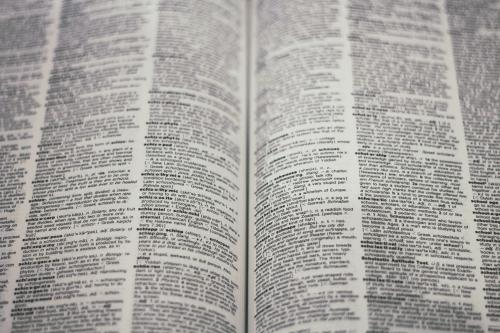Mifid II, introduced one year ago, has brought trading costs under closer scrutiny, with many asset managers negotiating lower commission rates, Greenwich Associates says in a new report.
Combined average commission rates fell to 8.4 basis points (bps) in 2018 from 9.7 in 2017 in developed markets, and to 12.7 bps from 16.7 bps in emerging markets, while they rose to 40.1 bps from 34.0 bps in frontier markets, the report adds.
‘Understandably, the largest decreases were seen from fund managers that fall under the purview of Mifid II and have become globally compliant across regions,’ says Greenwich Associates director Will Llamas in a statement.
The rules have also created an increase in asset managers’ activity in electronic trading, which has contributed to a reduction in execution rates, the report notes.
Mifid II’s separation of execution commission and research payment has brought new scrutiny on trade costs, and many asset managers have responded by both negotiating lower commission rates with brokers and increasing their activity in lower-cost electronic trading.
With the brighter spotlight on fees, investment managers are actively analyzing their global commission rate structure to identify markets where their cost-per-trade is higher than that of their peers. This has created a pressing need for reliable data on rates.
Mifid II is therefore catalyzing innovation, and the trading of stocks means experimentation with new tools, analytics and business models to navigate the new landscape, notes Greenwich Associates.
‘Competitive dynamics will continue to drive market structure, just like we are already seeing in the emergence of new venues in equity trading and the growth of e-trading,’ says Richard Johnson, vice president of Greenwich Associates’ market structure and technology division.
Also driving significant change – with some important unintended consequences – are dark-pool limits established by Mifid II. Concerned about the potential detrimental effect of high levels of equity dark-pool trading on price and liquidity discovery, regulators introduced caps limiting the amount of non-displayed trading that could occur under the reference price waiver – that is, dark-pool trades that leverage price discovery from light-pool (or lit) markets.
The dark-pool caps were officially introduced in March 2018 and have had the desired effect, significantly reducing the amount of dark trading via the reference price waiver from a peak of 5 percent at the end of 2017 to about 1 percent today.
In equities, there have been calls for regulators to recalibrate the double-volume caps on dark-pool trading, which are considered too restrictive. These caps have likely led to the growth in periodic auctions and systematic internalisers (SIs) that buy-side traders say have been beneficial in helping them source liquidity, according to Greenwich Associates. Published data indicates that SIs have captured a significant portion of the market, with estimates as high as 34 percent.
‘SIs represent a potential loophole to the dark-volume caps. This was was not fully anticipated by the regulators and runs counter to the objectives of reducing fragmentation and promoting lit markets,’ says Johnson.
This all comes as Goldman Sachs has hired an expert on the structure of stock markets from rival Morgan Stanley, as big investment banks continue to assess the new European trading rulebook brought about by Mifid II.
Eleanor Beasley will join Goldman this month as European head of market structure and regulatory strategy. She specializes in helping banks and investment firms comply with the rules for trading stocks under Mifid II and is also a leading financial expert on the original Mifid legislation.










